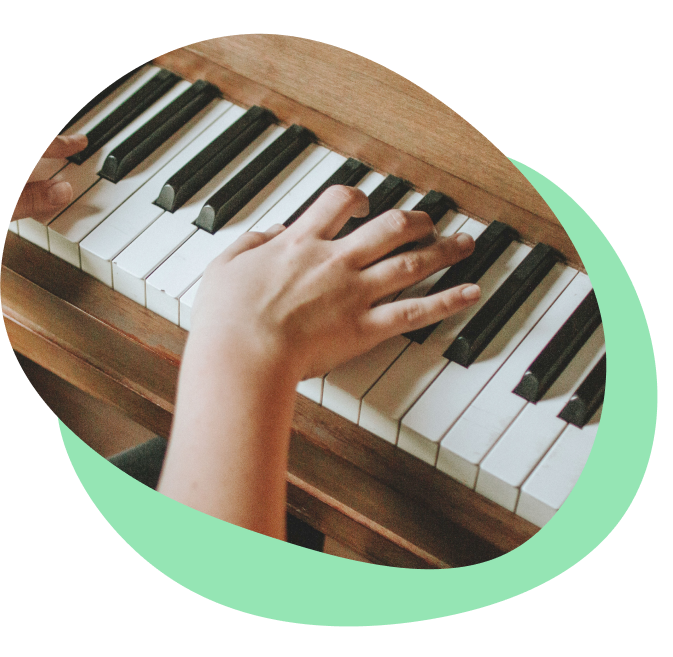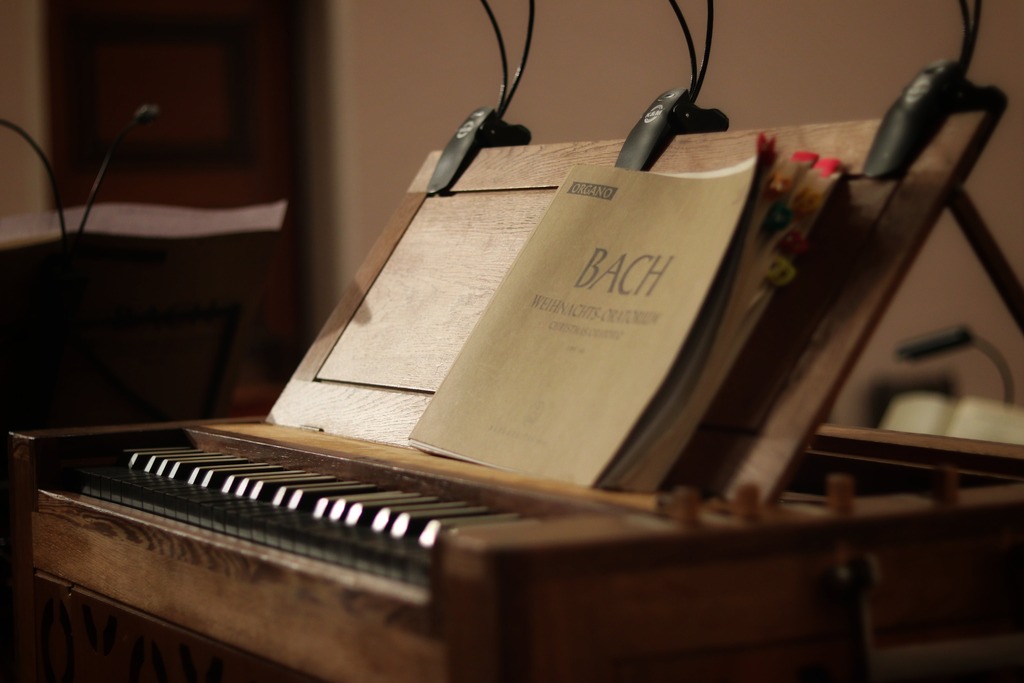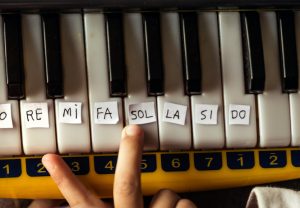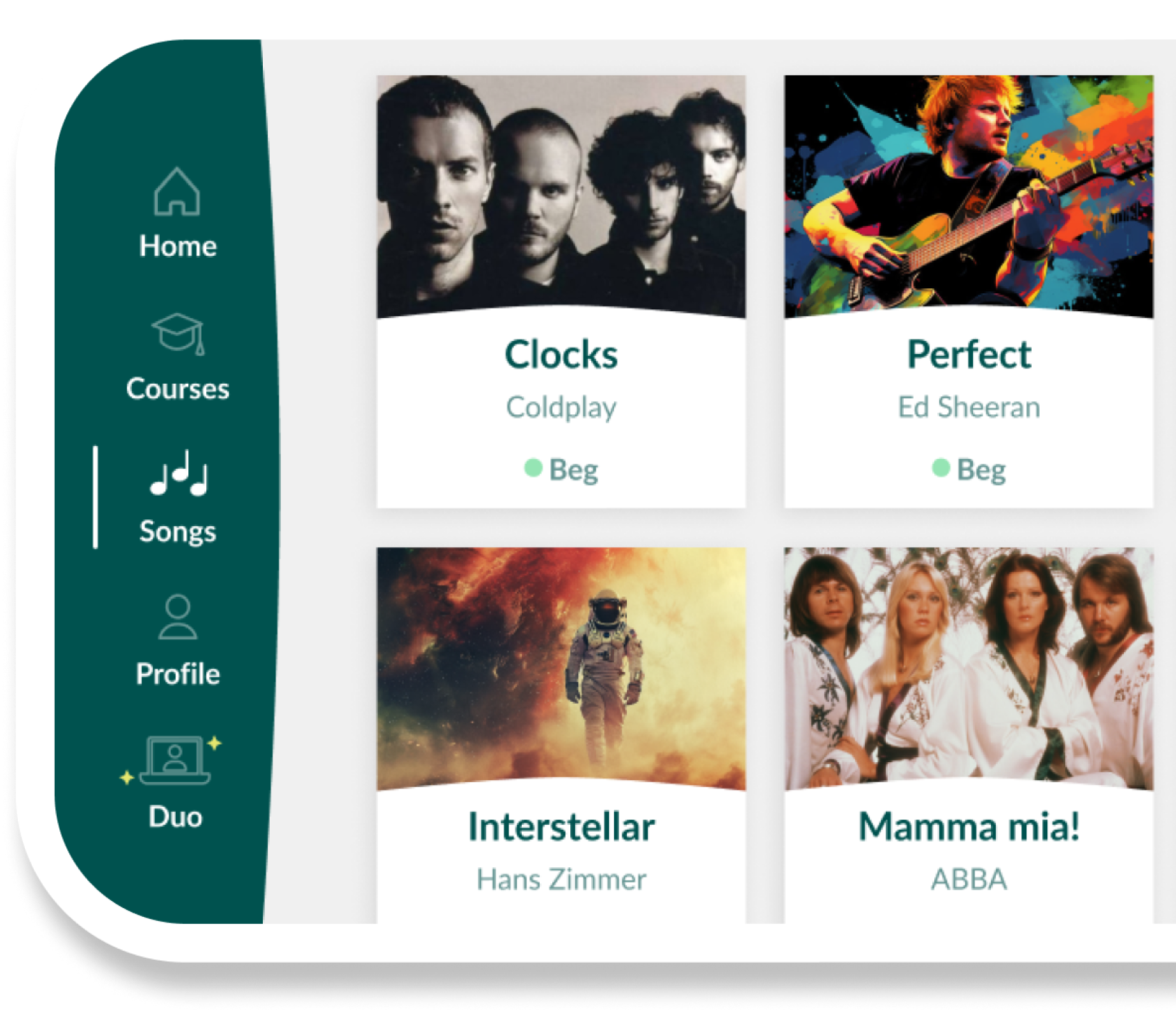What is an octave?
Before defining what an octave in music is, it is essential to understand the concept of intervals in music. An interval is the label musicians give the difference in pitch between two sounds. It is a core element of theory that is used to structure and understand melody and harmony.
The octave stands out among intervals due to its unique properties and musical function. It is a ‘perfect consonance’ that offers textural opportunities and a sense of completeness and closure in musical phrases. The octave is also how western music divides and structures musical notes.
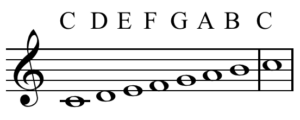
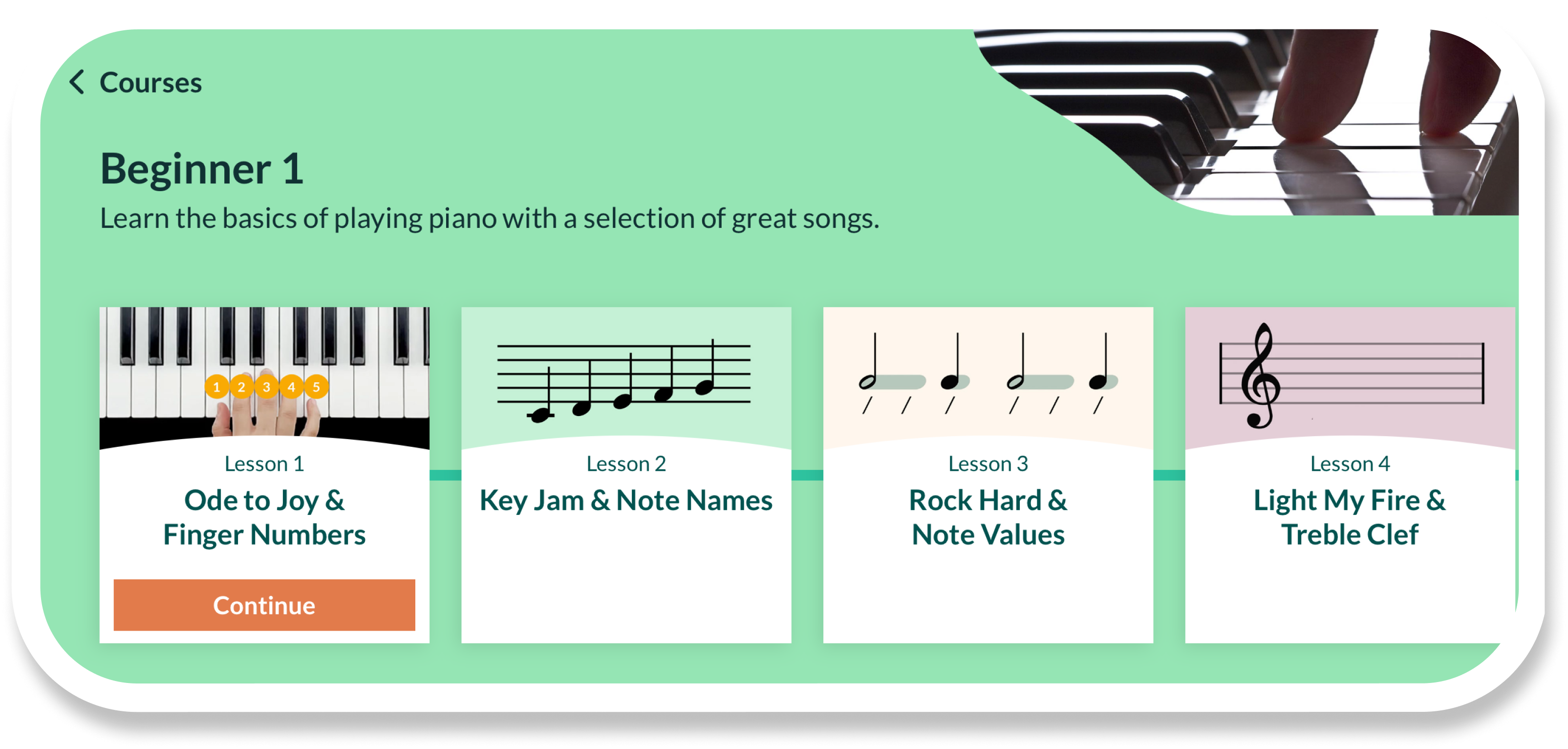
How is an octave divided?
Dividing by the 12 notes in a chromatic octave
The chromatic scale includes every note, both natural and accidental (sharps and flats), within an octave. Playing a chromatic scale means playing every key (white and black) from one note to its octave. This comprehensive use of the all 12 notes provides a full spectrum of pitches and is foundational in understanding the construction of more complex scales. The 12 notes of the chromatic scale are:
C – C# – D – D# – E – F – F# – G – G# – A – A# – B

This cycle then repeats at the next octave.
Dividing by letter names
You can also construct and divide an octave using the 7 letter names given to musical notes. For example, if you’re playing a C major scale, you’ll only use the white keys:
C – D – E – F – G – A – B – C
That’s eight steps (7 letter names) of the notes in an octave from the starting C to the higher C, hence the name octave.
What is an octave in piano?
On the piano, an octave is the space between one note and the next note with the same name, either higher or lower on the keyboard. Here’s how:
- Begin by locating middle C on your keyboard (just to the left of the two black notes).
- Now look either to the left (lower pitch) or right (higher pitch) for the next C, this will be eight white keys away.
- Play both of these notes together and you have an octave.
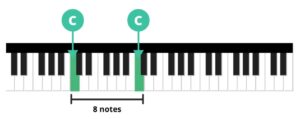
This process can be replicated with any note on the piano.
Octaves in scales and songs
The relationship between octaves and scales is central to understanding music composition and theory. Scales, which are sequences of notes in a specific order, rely on octaves to define their range and structure. This relationship is crucial in music, as it helps in organizing sounds in a way that is pleasing and coherent to the ear.
There are several types of scales, each with its unique way of dividing and utilizing octaves. As we have seen, the chromatic scale includes all twelve notes within an octave, while the major and minor scales select specific intervals within an octave to create different moods and tonalities.
Major and minor scales within octaves
Major and minor scales offer a more selective approach to dividing octaves. These scales are composed of seven notes, chosen from the twelve semitones within an octave, based on specific intervals.
The major scale is known for its bright and happy sound:

The minor scale typically conveys a sadder or more melancholic tone:
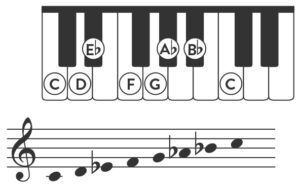
Understanding how these scales have their unique identities due to their interval patterns within an octave is crucial for musicians, as it influences the emotional and expressive quality of their music.
The exploration of scales within octaves is not just a theoretical exercise; it’s a practical tool for musicians. For those learning the piano, for instance, mastering the relationship between octaves and scales is a stepping stone to more advanced techniques.
The importance of octaves in music
As we have seen in this article octaves play a crucial role as a theoretical construct within western music theory. Octaves provide us with an easily digestible structure of 12 notes and seven letter names around which we construct and understand harmony and melody. This division is no accident; it is based on the frequency of the pitches of the division we call an octave. For instance, if a note vibrates at 440 Hz (A4), the octave above it vibrates at 880 Hz (A5) another octave above vibrates at 1760 (A6). We see from this relationship that an octave is a doubling of frequency which gives musical octaves their unique sound and pitch relationships. These pitches share letter names as they are perceived as the same notes, just higher or lower making them a great landmark to construct pitch divisions around when creating a musical system.
This perception provides a unique feel when you play in octave unison. You can add depth to melodies, harmonies, basslines and arrangements whether you’re playing octave music on piano or composing full orchestral pieces.
Octaves in famous musical pieces
Exploring famous musical pieces reveals the diverse ways in which octaves are utilized. For example, in Beethoven’s “Moonlight Sonata” the use of octaves creates a haunting and resonant quality that has captivated listeners for centuries.
In jazz, the octave can be used in a more fluid and dynamic way, as seen in the improvisations of artists like Oscar Peterson, where octaves add a rhythmic and melodic richness to the performance.
These real-world examples demonstrate the octave’s versatility and its ability to convey a wide range of emotions and textures in music.
FAQ
Author of this blog post:
Susana Pérez Posada

With over seven years in piano education and a deep passion for music therapy, Susana brings a unique blend of expertise to Skoove. A graduate in Music Therapy from SRH Hochschule Heidelberg and an experienced classical pianist from Universidad EAFIT, she infuses her teaching with a holistic approach that transcends traditional piano lessons. In her writings for Skoove, Susana combines her rich musical knowledge with engaging storytelling, enriching the learning experience for pianists of all levels. Away from the piano, she loves exploring new places and immersing herself in a good book, believing these diverse experiences enhance her creative teaching style.
Published by Lydia Ogn from the Skoove team




